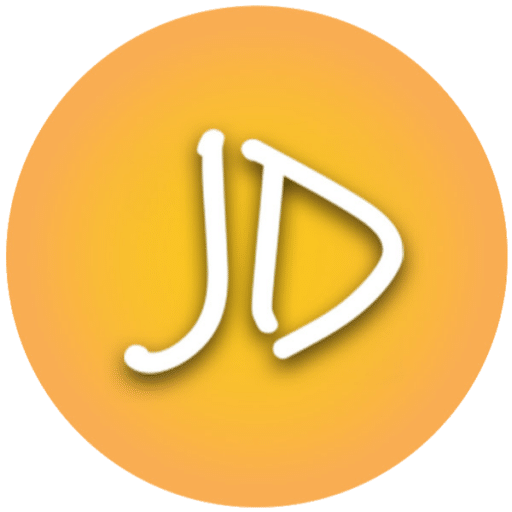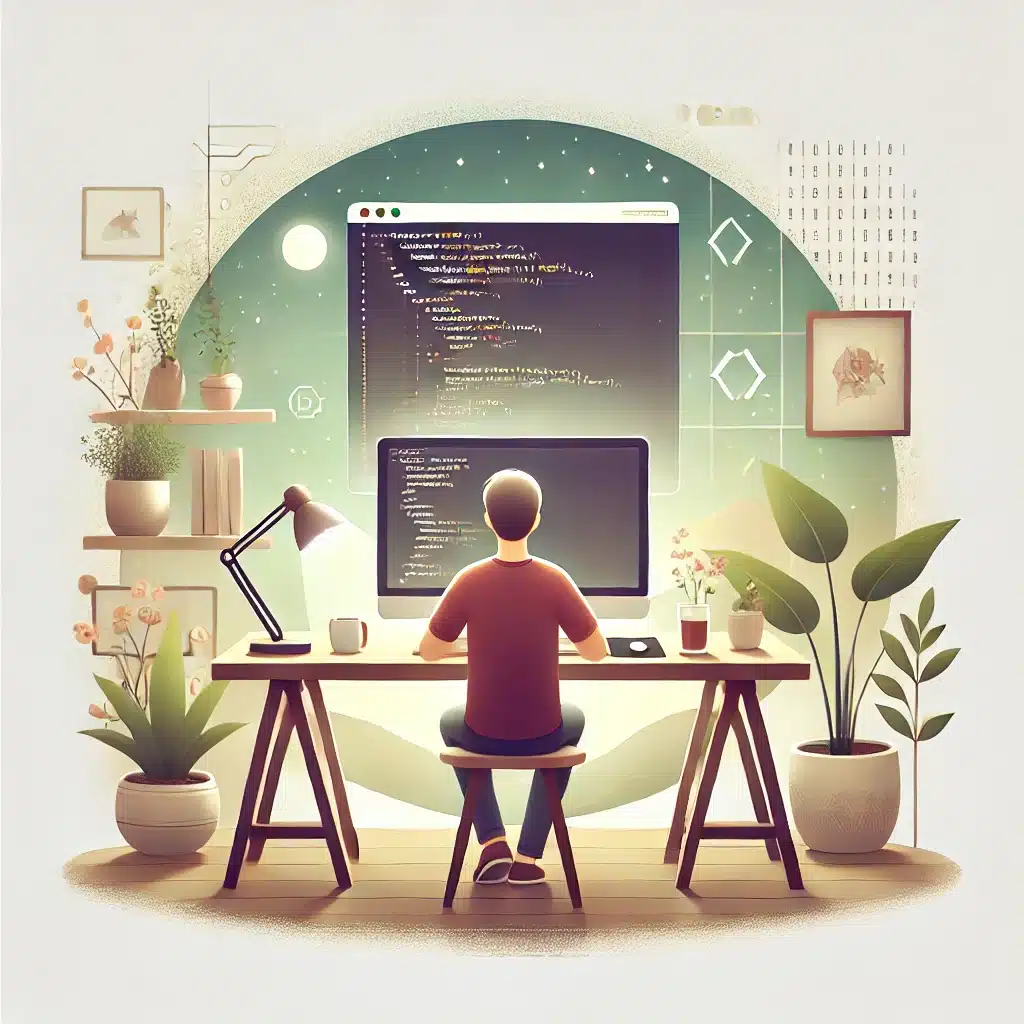TL;DR
TL;DR for the TL;DR crowd: Screenshot this chart, print it out, follow it. Congrats, you’ve unlocked the cheat code to mindful coding. Now shoo – go be brilliant – or any other words that make you feel good.
| Day Theme | Light Version | In-Depth Version | Mindful Fact |
|---|---|---|---|
| Minimalist Monday | Refactor one function to be more concise | Refactor a larger codebase portion, focusing on reducing complexity | Clean, minimalist code can reduce cognitive load and improve productivity [1] |
| Refactor & Reflect Tuesday | Spend 15-20 minutes refactoring a recent piece of code | Dedicate significant time to refactoring a larger system, document changes | “Rubber duck debugging” improves code quality and problem-solving skills [2] |
| Wellness Wednesday | Implement one small feature for user well-being (e.g., alt text) | Focus on projects directly impacting user or team wellness | Employees who believe their work positively impacts others have higher job satisfaction [3] |
| Throwback Thursday | Solve a small problem using an older technique | Take on a significant task using an older technology or paradigm | Learning diverse coding skills can increase cognitive flexibility [4] |
| Frontier Friday | Spend 15-30 minutes reading about a new technology | Experiment with a cutting-edge technology or technique | Learning new skills can increase motivation and sense of reward [5] |
In the fast-paced world of software development, it’s easy to lose sight of why we fell in love with coding in the first place. Many developers find themselves caught in a cycle of endless tickets, looming deadlines, and the constant pressure to keep up with rapidly evolving technologies.
By introducing five themed days, we aim to inject creativity, purpose, and mindfulness back into your coding practice. These themes are designed to enhance your craft, reignite your passion, and bring a renewed sense of satisfaction to your daily work—all without compromising your productivity or professional responsibilities (I can’t guarantee this last point).
Minimalist Monday: Less is More
Light version: Start your week by refactoring one function or method to be more concise. Challenge yourself to remove unnecessary lines or simplify complex logic without changing functionality.
In-depth version: Dedicate your day to minimalist coding practices. Refactor a larger portion of your codebase, focusing on reducing complexity, eliminating redundancy, and improving readability. Aim to reduce your overall line count while maintaining or improving functionality.
Studies have shown that cluttered environments can impair focus and information processing. This principle extends to code – clean, minimalist code can reduce cognitive load and improve developer productivity [1].
Refactor & Reflect Tuesday: Enhancing Code Quality
Light version: Choose a small function or method you’ve written recently. Spend 15-20 minutes refactoring it to improve its clarity, efficiency, or adherence to best practices. Reflect on what you’ve learned from this process and how you might apply it to future code.
In-depth version: Dedicate a significant portion of your day to refactoring a larger piece of code or a small system. This could involve improving the architecture, enhancing performance, or making the code more modular. After refactoring, document the changes you made and the reasoning behind them. Share your insights with your team, perhaps in a brief code review session or a short write-up.
The practice of “rubber duck debugging,” where programmers explain their code line-by-line to a rubber duck (or any inanimate object), is recognized as an effective method for improving code quality and problem-solving skills. It encourages reflection and clear articulation of thought processes [2].
Wellness Wednesday: Code for Better Lives
Light version: Take a moment to consider the end-user’s experience. Implement one small feature or fix that improves accessibility or user well-being, such as adding helpful alt text to an image.
In-depth version: Focus on projects or features that directly impact user or team wellness. This could involve working on accessibility features, creating tools for better work-life balance, or optimizing processes to reduce stress for your team or end-users.
Employees who believe their work has a positive impact on others are more likely to find their jobs meaningful and experience higher job satisfaction [3].
Throwback Thursday: Old School Cool
Light version: Solve one small problem using a programming paradigm or technique you haven’t used in a while. This could be as simple as using a for loop instead of array methods in JavaScript.
In-depth version: Take on a significant task using an older technology or paradigm. This could mean coding a feature in a language you haven’t used recently, or solving a problem using only functional programming techniques if you usually work in an object-oriented style.
Context: When considering old techniques, think about why they were originally used and where they might still excel. For example:
- HTML tables for layout: While generally discouraged for full page layouts, tables can still be the best choice for presenting tabular data. They provide better accessibility for screen readers and can be easier to style for complex data presentations than div-based solutions.
- For loops instead of array methods: Traditional for loops can be more performant for very large datasets or when you need to break out of the loop early. They also offer more fine-grained control over the iteration process.
- Synchronous code instead of async/await: In some cases, synchronous code can be simpler and more straightforward, especially for small scripts or when dealing with critical sections that shouldn’t be interrupted.
Remember, the goal is not to revert to outdated practices, but to understand the strengths of different approaches and choose the right tool for each job.
Learning and practicing diverse skills, including different coding paradigms, can increase cognitive flexibility and problem-solving abilities – a concept known as “cognitive cross-training” [4].
Frontier Friday: Embrace the New
Light version: Spend 15-30 minutes reading about a new technology, framework, or technique relevant to your work. Try to think of how it might apply to your current projects.
In-depth version: Dedicate time to experimenting with a cutting-edge technology or technique. This could involve prototyping a feature using a new framework, or implementing a novel design pattern in your current project.
Engaging with novel experiences and learning new skills can increase dopamine levels in the brain, leading to increased motivation and a sense of reward – explaining why exploring new technologies can be so exciting for developers [5].
Conclusion: Crafting Your Mindful Coding Journey
Implementing these themed days into your workweek isn’t about adding more tasks to your already full plate. Instead, it’s about approaching your existing responsibilities with renewed intention and creativity.
The beauty of this approach lies in its flexibility—you can adapt the intensity of each theme to fit your current workload and project demands. Over time, you may find that these practices not only enhance your technical skills but also reignite the passion that first drew you to coding. Remember, the goal is not perfection, but progress. As you embark on this mindful coding journey, be patient with yourself and celebrate the small victories along the way. Your code, your career, and your overall satisfaction as a developer will thank you for it.
Sources
[1] McMains, S., & Kastner, S. (2011). Interactions of top-down and bottom-up mechanisms in human visual cortex. Journal of Neuroscience, 31(2), 587-597.
[2] Hunt, A., & Thomas, D. (1999). The Pragmatic Programmer. Addison-Wesley Professional.
[3] University of Michigan. (2013). Doing good is good for you: Volunteer adolescents enjoy healthier hearts. https://news.umich.edu/doing-good-is-good-for-you-volunteer-adolescents-enjoy-healthier-hearts/
[4] Bialystok, E., Craik, F. I., & Luk, G. (2012). Bilingualism: consequences for mind and brain. Trends in cognitive sciences, 16(4), 240-250.
[5] Guitart-Masip, M., Bunzeck, N., Stephan, K. E., Dolan, R. J., & Düzel, E. (2010). Contextual novelty changes reward representations in the striatum. Journal of Neuroscience, 30(5), 1721-1726.


Leave a Reply